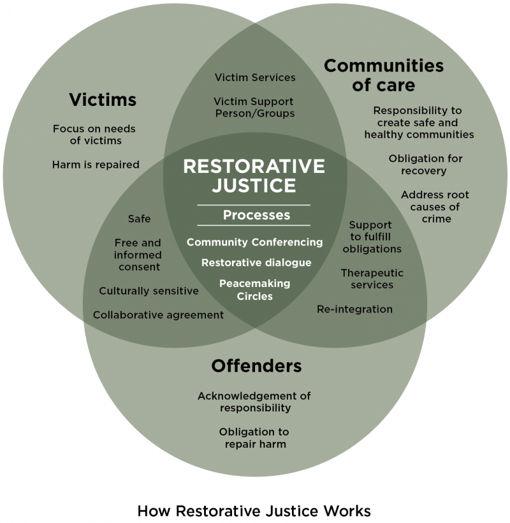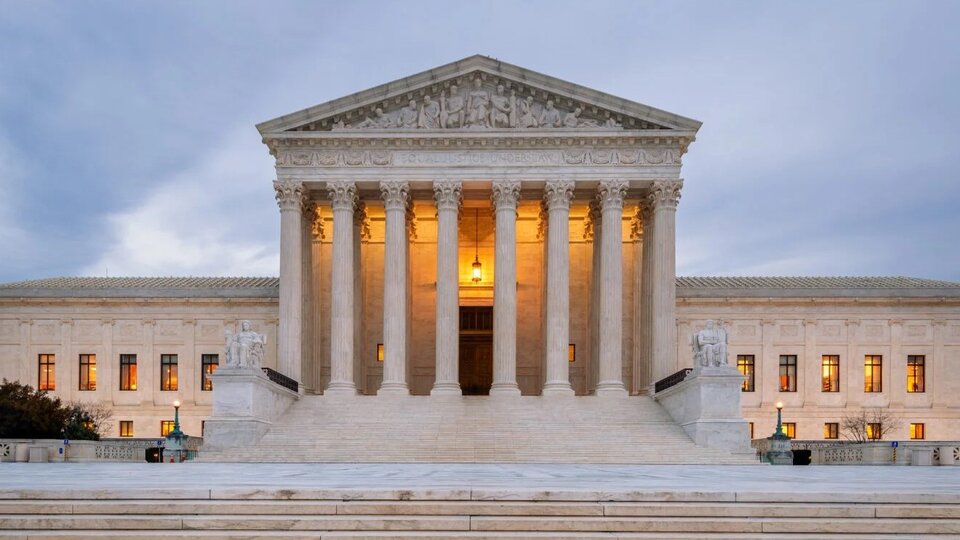The Culture, Conflict, and Law (CC&L) lab leverages social psychological theory and empirical research methodology to help inform legal scholars’ and policymakers’ understanding of how human psychology affects policy and legal judgment and decision-making in civil justice and criminal justice contexts. The following detail our primary areas of research.
Access to Civil Justice
For many, “Civil justice” brings to mind famous, high-dollar cases. But civil justice encompasses much more, including family, contract, landlord-tenant, and personal injury disputes. These issues impact the majority of households and result in more case filings in the United States than the criminal justice system. Yet there is relatively little law-psychology research focused on civil justice. Adopting a human-centered civil justice design perspective that focuses research on the experiences of parties, the CC&L lab examines the early stages of civil legal conflict decision-making, including examining legal assistance seeking behavior for civil justice problems. Our goal is to better understand why and under what conditions people seek legal assistance for their civil justice problems. We examine this through a social psychological lens, considering how motivation, knowledge, and perceptions influence decision-making.

Alternative Dispute Resolution
The last several decades have witnessed an increased use of court-connected alternatives to litigation, such as mediation. These processes are praised for promoting efficiency, improving public satisfaction, preserving relationships among disputants, and providing accessible forums. Are people aware of these processes as an option for resolving their civil justice problems? Do these processes meet people's needs? Our lab considers these questions by conducting empirical research using surveys, as well as experimental vignette studies. In one study, we found that although the community participants were familiar with litigation and negotiation, they were significantly less familiar with alternatives to litigation such as facilitative and evaluative mediation (Blankley et al., 2021). In another line of research we examine how different motivations for conflict resolution, such as the importance of relational factors, impacts preferences for different conflict resolution process features (Votruba et al., 2022).

Restorative Justice
As of 2019, 45 states have laws codifying restorative justice into statutes, court rules, and regulations. This includes the state of Nebraska, who has codified restorative justice programs for youth through the Office of Dispute Resolution (ODR). In collaboration with ODR, we conduct research to understand the barriers and facilitators for implementing restorative justice processes. In one study, we conducted semi-structured interviews with a purposeful sample of restorative justice coordinators in Nebraska, who identified the perceived barriers and facilitators of implementing restorative programs in the state (Votruba et al., 2024). Our on going research in this area considers broader perspectives, conducting focus groups with practitioners involved in juvenile justice and surveying the broader community about their perceptions of restorative justice processes.

